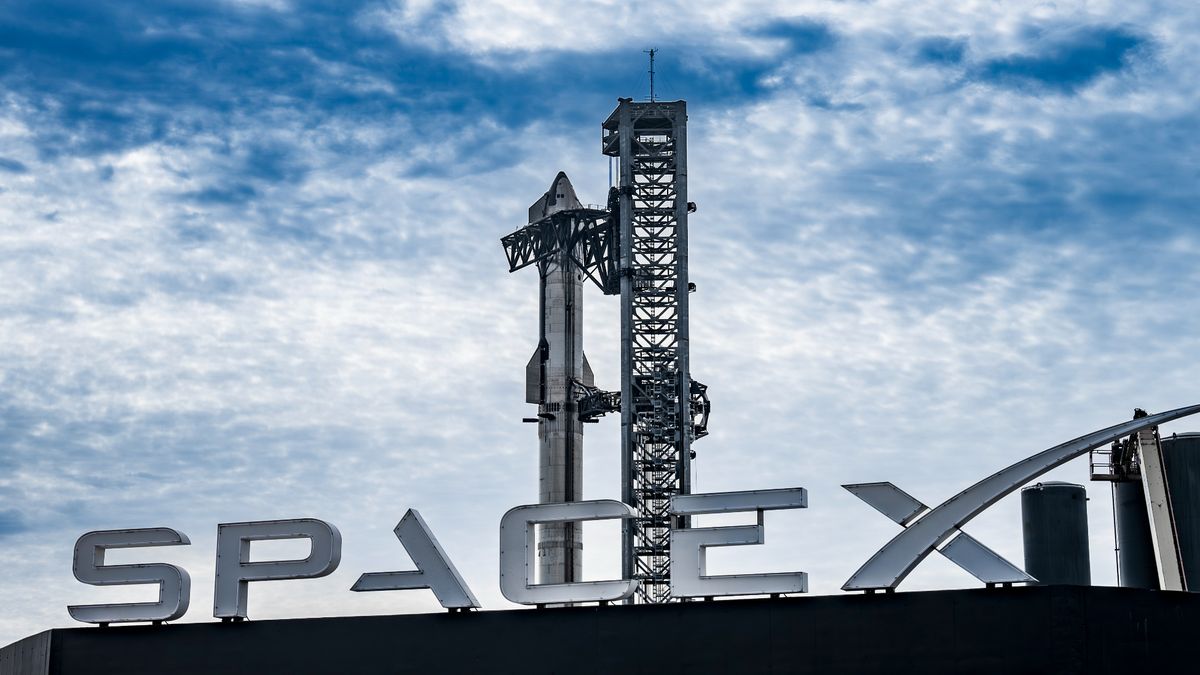Analysis of the Upcoming Lunar Eclipse
During the celestial occurrences in the upcoming weeks, two extraordinary eclipses will grace the skies. The focal point is the highly anticipated Great North American Eclipse scheduled for April 8. This mesmerizing phenomenon will traverse the skies from Mexico’s Pacific coast through Texas, extending across the southern and eastern United States, to Atlantic Canada, culminating over the north Atlantic Ocean.
It all begins with a prelude on the night of March 24-25, as the moon prepares to undergo its own eclipse, paving the way for the grand solar spectacle in early April. This preliminary lunar event, known as March’s Worm Moon, will elegantly drift into Earth’s outer shadow, the penumbra.
The Lunar Eclipse Timeline
On March 24th, viewers in North and South America are ideally positioned to witness this lunar eclipse as it gracefully unfolds high in the sky transitioning from March 24 to the 25th. Lasting 4 hours and 40 minutes, the moon will sweep across Earth’s pale outer fringe, the penumbra, delicately avoiding the shadow’s dark umbra.
As an enlightening astronomical fact reveals, solar and lunar eclipses are interconnected. A solar eclipse transpires when the moon aligns with a node in its orbit. The upcoming April eclipse sees the moon traverse the ecliptic from south to north. However, during the March 24-25 eclipse, the moon journeys across the opposite node from north to south, encountering Earth’s shadow.
The Subtlety of Penumbral Eclipses
During this particular lunar eclipse, the moon will venture deep into the penumbra, with the penumbral extent reaching an impressive 95.8% across the lunar surface. Despite the remarkable intricacies at play, penumbral eclipses typically remain discreet, their pale shadows challenging to discern. Initial contact with the penumbra is nearly imperceptible, but keen observers may discern a subtle shading on the moon’s lower left limb after about an hour.
Approximately 30 minutes surrounding the maximum eclipse phase will showcase the moon’s lower segment engulfed in shadow, resulting in a slightly dimmed appearance, creating a perceptible contrast.
Astronaut’s Perspective
Contemplating the subtlety of Earth’s penumbral shadow, envisioning oneself on the lunar surface during this lunar eclipse adds a unique perspective. Depending on the lunar location, an astronaut may witness the Earth appearing to nibble at the sun’s edge, altering the landscape’s luminosity. Locations like Mare Frigoris will perceive minimal light diminishment, contrasting with regions like Tycho crater, experiencing a significant obscuration of sunlight, unveiling a more somber lunar backdrop.
During the eclipse’s peak, vigilant sky gazers may focus on the moon’s lower rim to capture the nuanced variations in light and shadow, embodying the essence of this celestial event.
Future Celestial Phenomena
Building anticipation for the future, mark your calendars for upcoming lunar spectacles. On September 17, the moon will delicately breach Earth’s umbra in another tantalizing lunar eclipse. The following year, on March 13-14, 2025, a total lunar eclipse is set to captivate audiences for an extended 65-minute duration, promising a kaleidoscope of colors enshrouded in the Earth’s shadow.
Prepare your equipment, gear up for stunning lunar photography, and delve into the breathtaking celestial wonders awaiting us in the vast cosmic theater.
Image/Photo credit: source url






